Published by the National Geographic Society
1145 17th Street N.W., Washington, D.C. 20036
Copyright 2014 National Geographic Society.
Brain Boosters text copyright 2013 Cynthia R. Green, Ph.D.
All rights reserved. Reproduction of the whole or any part of the contents without written permission from the publisher is prohibited.
All art by Jameson Simpson
Library of Congress Cataloging-in-Publication Data
Sweeney, Michael S.
Your best brain ever : a complete guide and workout / Michael S. Sweeney, including Brain Boosters by Cynthia R. Green, Ph.D.
p. cm.
Includes bibliographical references.
ISBN 978-1-4262-1170-6 (pbk.)
eBook ISBN: 978-1-4262-1324-3
1. BrainDiseasesPreventionPopular works. 2. BrainAgingPreventionPopular works. 3. IntellectProblems, exercises, etc. 4. Baby boom generationLife skills guides. I. Green, Cynthia R. II. Title.
RC386.2.S79 2013
616.805dc23
2013028052

The National Geographic Society is one of the worlds largest nonprofit scientific and educational organizations. Founded in 1888 to increase and diffuse geographic knowledge, the Societys mission is to inspire people to care about the planet. It reaches more than 400 million people worldwide each month through its official journal, National Geographic, and other magazines; National Geographic Channel; television documentaries; music; radio; films; books; DVDs; maps; exhibitions; live events; school publishing programs; interactive media; and merchandise. National Geographic has funded more than 10,000 scientific research, conservation and exploration projects and supports an education program promoting geographic literacy.
For more information, visit www.nationalgeographic.com.
National Geographic Society
1145 17th Street N.W.
Washington, D.C. 20036-4688 U.S.A.
For rights or permissions inquiries, please contact National Geographic Books Subsidiary Rights:
Interior design: Melissa Farris/Katie Olsen
v3.1
CONTENTS
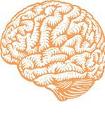
Chapter 1
 Sustain Your Brain
Sustain Your BrainChapter 2
 Changing the Forecast
Changing the ForecastChapter 3
 Redefining Reality
Redefining RealityChapter 4
 A Body in Motion
A Body in MotionChapter 5
 Name That Tune
Name That TuneChapter 6
 Attention, Please
Attention, PleaseChapter 7
 Instant Replay
Instant ReplayChapter 8
 More Than Words
More Than WordsChapter 9
 Take Charge
Take ChargeChapter 10
 Live Smart
Live SmartCHAPTER 1
Sustain Your Brain
Keeping your bodys command center in peak condition
Y our brains health may be the most powerful indicator of how long you will live. It is crucial to whether that life will be rich and satisfying from youth well into old age, or something substantially less rewarding, and for less time.
A car driven wisely, fueled with high-quality gasoline, given regular oil changes, and repaired with new parts as old ones wear out is likely to last longer than one thats abused or neglected. Likewise, the easiest way to have a healthy brain in middle age and beyond is to start with one as a youth and to follow good physical and mental habits. Exercise it. Feed it. Challenge it. Then enjoy the rewards.
But what of the person who comes late to repairs, like the owner of a car that rusts for years on blocks or runs too long on dirty oil? The car owner can always swap out the engine. You, on the other hand, have only one brain, basically composed of the same neurons you were born with, plus a few added to some narrowly specific areas. Once theyve begun to deteriorate, can they be savedor even made stronger?
Brain researcher Marian Diamond is certain they can.
In the 1960s, Diamond compared two groups of lab rats. The first group was confined to the equivalent of a gray isolation cell in a maximum-security prison. They ate simple rations to keep them alive from day to day, but their brains received little stimulation. No rat games, no rat puzzles, no rat get-togethers to break the boredom. She enrolled the second group in a version of rat school, complete with recess. They had toys and balls for play, challenging mazes to explore, exercise equipment to get blood pumping to their muscles and their neurons, and best of all, other rats to share their experiences. When she pitted the two in timed contests in which they ran the same mazes, the rats that had lived in the mentally and physically invigorating environment performed much better.
 NEW KIND OF FITNESS REGIMEN
NEW KIND OF FITNESS REGIMENLearning can strengthen your brain at any age
Diamond then did what she could not do to humans in a similar experiment. She put both winners and losers under the knife to examine their brains. (Lifes not fair, especially for rodents.) Rats that had enjoyed the richer learning environment and had won the maze races exhibited markedly different brains from those in the control group. Their cerebral corticesthe outer, wrinkled shells that are home to neural pathways that make sense of the worldwere thicker than those of the unstimulated rats. The enriched-brain rats had more neural connections, a sign of greater mental activity. And they had more blood vessels to carry vital oxygen to keep those connections firing at peak efficiency. Diamond had gathered concrete evidence that what goes on in the mind manifests itself in the physical state of the brain. Learning strengthens the organ of the brain just as exercise strengthens muscles in the legs, arms, and abdomen.
As revealing as Diamonds research was, it had a twist: She didnt experiment on young rats. She chose to work with rats in middle age and older, equal to ages between 60 and 90 in humans. Old rats had brains they could reshape in response to new experiences, a condition known as plasticity.



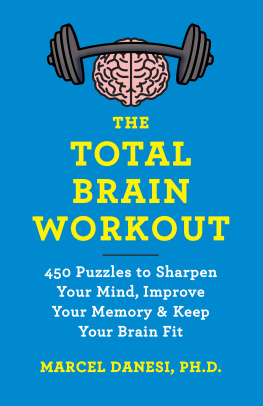
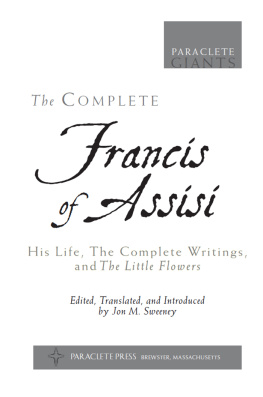
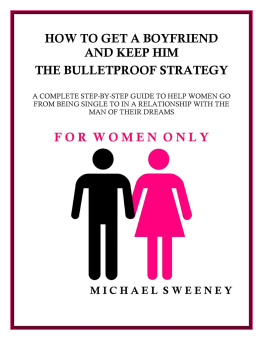
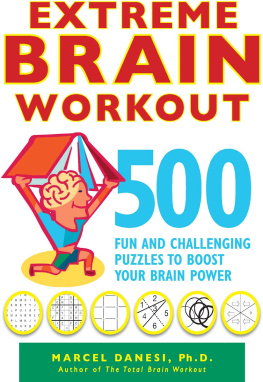
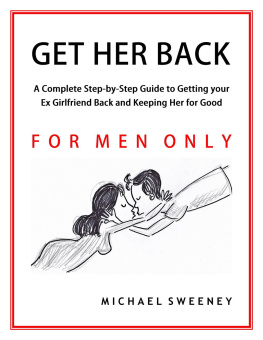
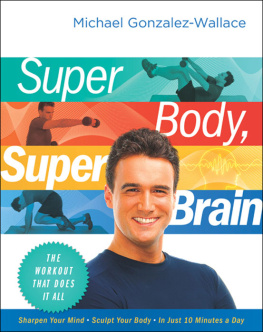
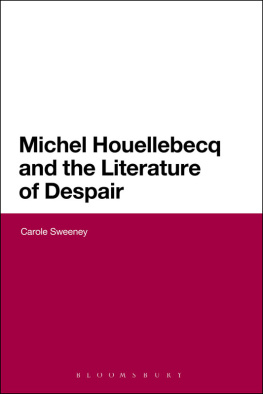
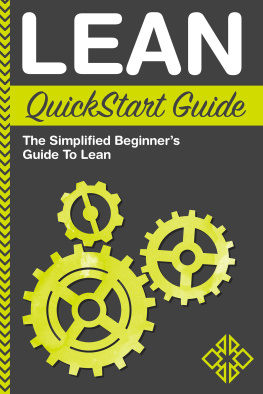




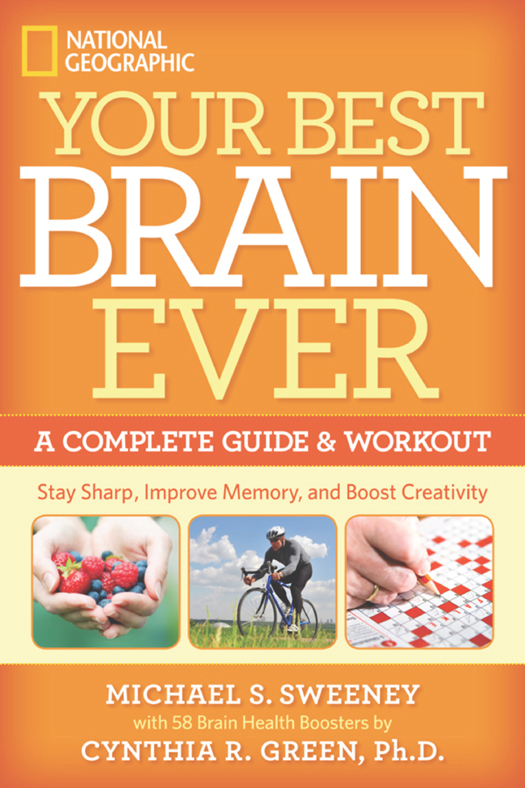
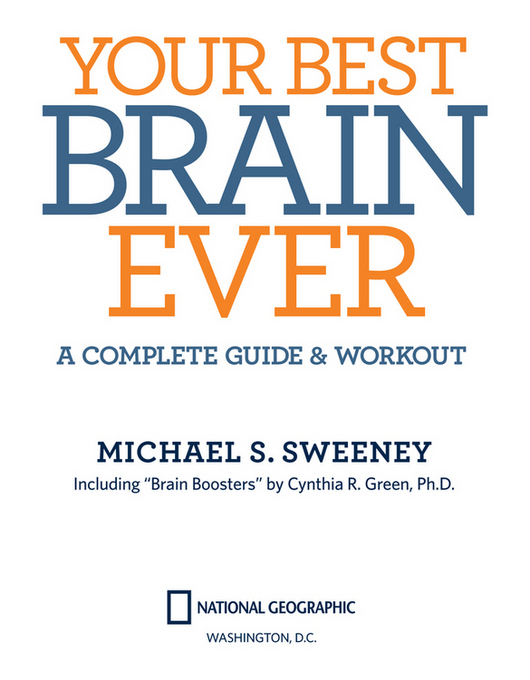


 Sustain Your Brain
Sustain Your Brain NEW KIND OF FITNESS REGIMEN
NEW KIND OF FITNESS REGIMEN